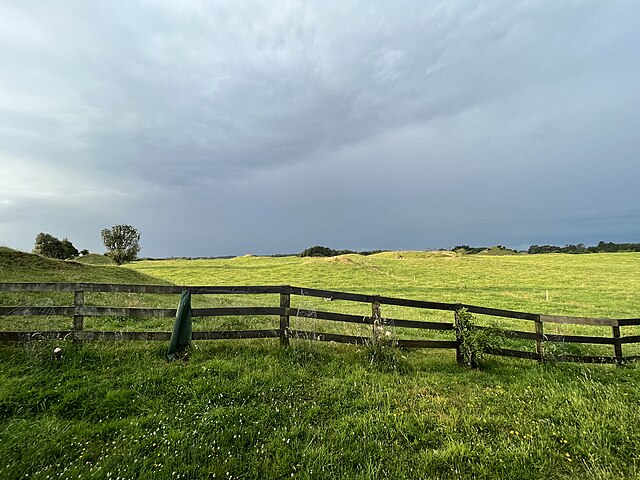In the backdrop of high dairy rates in New Zealand, the government is offering certifications for China-bound Kiwi grass-fed products.
The export branding initiative initially launched at the largest agricultural show in the Southern Hemisphere, known as Fieldays, in June 2025.
Since then, the government has come aboard and suggested voluntary clear labeling of eligible dairy and meat exports as “grass-fed.”
The aim is to compete with pastoral nations like Australia and Ireland and differentiate local dairy from grain-raised international equivalents.
According to the Minister of Trade, Todd McClay, the certification program hatched at the 2024 China International Import Expo.
At the expo, China made plans to raise its dairy utility to 0.7 million tonnes a day come 2030.
Price Lashes Kiwi Butter, Cheese & Milk
The place of New Zealand’s dairy in China is already telling, with lucrative deals abroad leaving domestic prices busting headlines.
By June 2025, butter prices had soared by 46.5% year-on-year, to NZ$8.60 ($5.12) per 500 g, according to governmental statistics.
Cheese pricing, too, increased by 30% over the same yearlong timeline, while whole milk aggravated by 14.3%.
A recurrence of a February 2025 high, the steep price curve has citizens verging on consuming breakfast cereals milk-free.
The economy has meanwhile recorded an additional NZ$4.6b ($2.69 billion) in annual returns from these high export rates.
International dairy markets’ prices are currently at a premium, prompting exports by major companies and leaving little supplies for home sale.
Will Kiwi grass-fed dairy and meat certifications in China bust the bubble as they make livestock products more competitive internationally? The statistics below attempt answers to these questions by an examination of the grass-fed profile of New Zealand.
New Zealand Grass-fed Dairy Statistics
New Zealand boasts over 100 years of dairy farming, as of the early 2020s. Sustainable grazing has earned the country the 10th largest milk-producing nation status, at an annual average of 21.8 million kiloliters. Almost all of this milk is from cows, which enjoy a mainly pasture-raised production system. According to the Landcare Research New Zealand, local sheep and beef cattle depend on pastures for 95% of their diet.
How economically important are pastures in NZ?
Pasture expansion and productivity is the key to New Zealand’s livestock exports that include the world-beating dairy. Before 2022, New Zealand exported NZ$38 billion ($22.7 billion) in animal products or 42% of all annual exports. In the same timeline, there were over 10 million hectares of grassland and other pastures across 40% of the national landmass.
What defines NZ’s pasture-raised dairy and beef standards?
For it to be pasture-raised, beef or dairy ought to have certification with these criteria, by the government:
I. The animal has subsisted on 90% of a grass diet all its life.
II. Even if sometimes zero grazed, dairy and beef cattle must spend a minimum 340 days in external pastures.
Where in NZ is there a large concentration of the dairy herd ?
The unique landscape of the Kiwi country with picturesque hills, flat rolling lands and high country offers versatile pasturelands. Dairy cattle in particular thrive in rolling flatlands, with 3.4 million head of them living here in 2005. In the same year, 26.7 million sheep and 2.9 million head of beef cattle grazed in these undulating flatlands.
